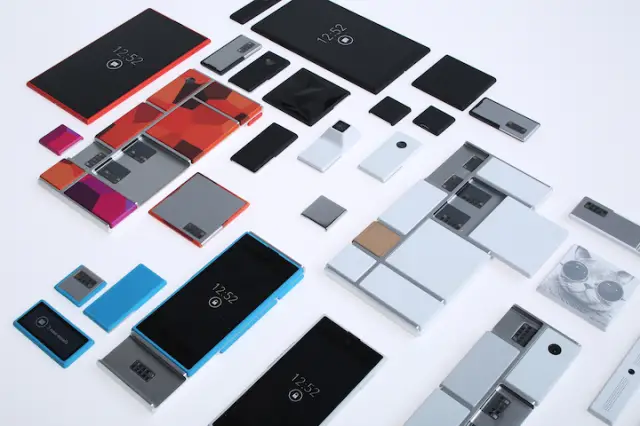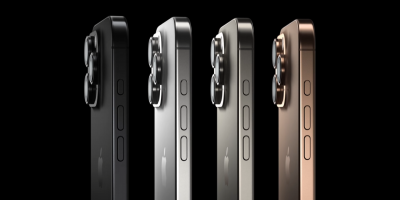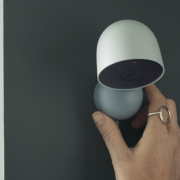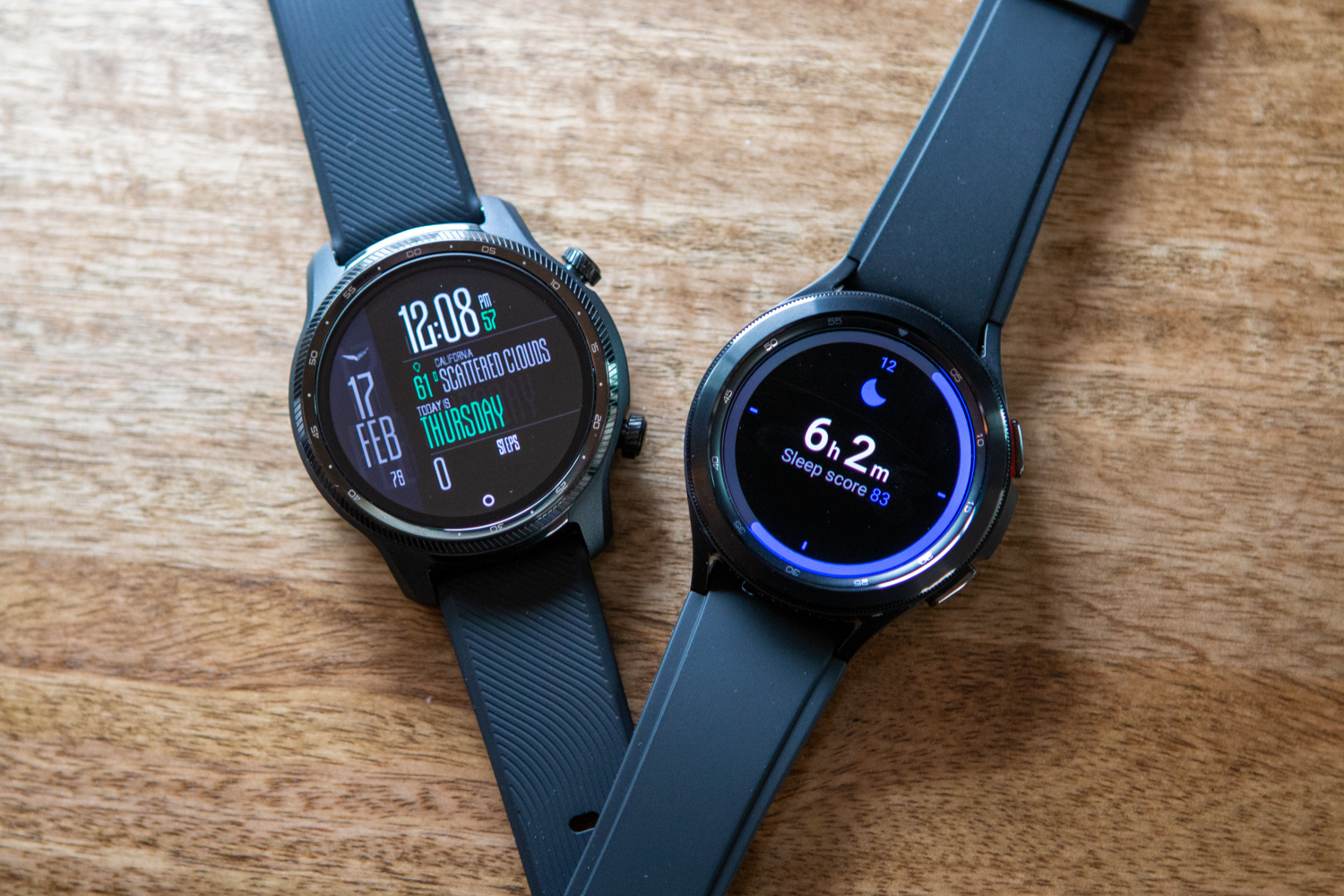
Motorola has a solution lined up for one of the basic challenges of the ambitious Project Ara. To handle the manufacture of the various components that will be capable of combining to form customizable, upgradeable smartphones, the Google-owned company is looking toward 3D printing. Specifically, Motorola has reportedly struck a deal with 3D printing firm 3D Systems to handle the production of both the phones “endoskeleton” and the plug-and-play modules that would attach to it.
Project Ara is a drastic shift away from today’s standard smartphone sales model, creating a market that is more like that of desktop computers. Users would be able to swap and upgrade various components housed in standalone modules to create a smartphone tailored to their needs. This could include such components as the smartphone’s camera, battery, and even processor. The aim is to not only provide greater customer choice but also break the the typical two-year smartphone buying cycle by allowing users to upgrade on a module-by-module basis as needed.
The interesting aspect about the entire project is that both Motorola and 3D Systems still have hurdle to overcome to make Ara a reality. Motorola will be tackling their end by making Module Development Kits available to interested parties as early as this winter, as well as soliciting feedback from so-called Ara scouts. 3D Systems will need to develop a method and system to churn out parts and components at the sort of clip that would meet Motorola’s eventual demand.
3D printing, though, makes perfect sense for this task. It combines the next generation of manufacturing and delivery with an approach to the smartphone that has the potential to shakeup the industry as we know it. We’ll see what happens as the two disruptive technologies join forces.
[via TechCrunch]











PC heads will be drooling over this thing.
Most of us, however, are going to be frustrated with the amount of tinkering and parts available. Not to mention the cost of each part.
3D printing usually pays for itself. So, chances are these will be pretty cheap as time goes on.
huh?
3d printing makes sense when you are doing small volume runs. If you are cranking out millions of plastic widgets molding wins big time. The advantage to 3d printing is that you can do small runs and not have huge upfront machine costs.
Chinese students have printed an entire racing car. There is no limit to what the technology can do.
http://youtu.be/zuw6aWXQZZw
There are lots of limits, for example they printed the body not the tires or the engine or the helmet they are using.
Even if you can print everything the question remains if it is the most cost effective method. It is great for one offs, but for high volume stamping or molding is always going to be cheaper and faster.
The printer they use had limitations you stated but doesn’t hold true for all 3D printers.
Yes, it does.
No single printer can print all materials. No printer is as fast as injection molding.
Somethings are simply ever going to be 3d printed, or at least not in the next 10 years. Those things are going to be stuff like hardened metal parts or rubber. Or electric motors.
Metal sintering, the gold standard for metal 3d printing has some pretty extreme limitations.
There’s a reason that 3D printing has been around for 30-some years, but still not relevant relative to mainstream manufacturing processes.
The kind of people that go gaga for a half baked idea thrown up on Kickstarter tend to think 3D printing is the solution to everything. People with some knowledge of materials science know better.
Dunno, the stock run-up of DDD and SSYS may suggest otherwise. But who knows. There are more and more great stories of amazing applications of 3D printers in various sectors that never before were possible.
Such as?
Dan
Cue different module suppliers blaming the other for compatibility issues in 3… 2…
Lol, seriously though, I agree, there’s a lot they’ll have to shake out here to make this work.
I still don’t get how this is all going to fly past the FCC for example.
I suppose if anyone can figure this out, it’s Motorola.
they aren’t reinventing the horse here, this is the same system the pc market has been using since the late 80’s, the phone is nothing more then a small pc. Its a proven concept the only thing that needs to change is to get the consumer to stop thinking of a phone as a phone and more of a pc.
Actually, where the FCC precedent may be concerned, phone modules for PDAs from a little over a decade ago may be more applicable. I won’t go into details about FCC testing, nor about RF effects as a result of integration.
The only parts that have to go past the FCC are the radios.
The rest just have to be normal part 15 compliant parts.
I hope you’re right and it’s that simple. I thought that when radios were added to PDA as separate modules, the whole device had to pass, but my memory could be off on that. :p
You might be right on that one. I forgot about that whole thing.
tbh i dont see this work, atleast not any time soon.
This cause drivers are stil an issue, when u upgrade/downgrade a part you wil also need new drivers and most of those arent openly available for everyone.
Microsoft set the foundation for PC’s. That’s how PC’s were able to take off. In order for this to work, Google will need to be much more aggressive about standards.
Indeed,I got the feeling that they will start doing this with a very short list of options. Probably only 1 manufacturer per slot and this might break it tbh.
But then you wil stil have to make it idiot proof and make switching parts as easy as possible when it comes to the drivers.
This will probably end up being a special app and every part wil have a unique ID. Either it gets autorecognized and the app then removes the old drivers and downloads and installs the new drivers or you yourselves have to select it from a list.
So go buy an iPhone and leave us alone.
Or the ridiculous amount of bezel
Being a pc enthusiast myself, it would be hard for me to burn a lot of cash on this unless the parts were substantially better than stuff in other phones. I can’t justify spending $80 or so on a phone processor when I could buy something for my pc (which is sorely in need of an update) instead. In other words, it’s gonna have to be cheap to draw my attention.
Motorola is doing all the right things in all the right places.
Very forward thinking but It does seem to me that if you want to change the size of the screen that will affect the entire phone as components will be too small or too large.
on second thought, this sorta makes sense but wtf, how big are those things? There is NO WAY you can navigate the screen holding that orange piece with 1 hand.
What about those people that have man hands?
I’m kidding. Maybe that’s supposed to be a tablet?
I can see getting into this but there would be two conditions I would like to see met first. 1: the components can ship without a shell, but with a base outline for one that I could customize in order to print my own and 2: i acquire a 3d printer.